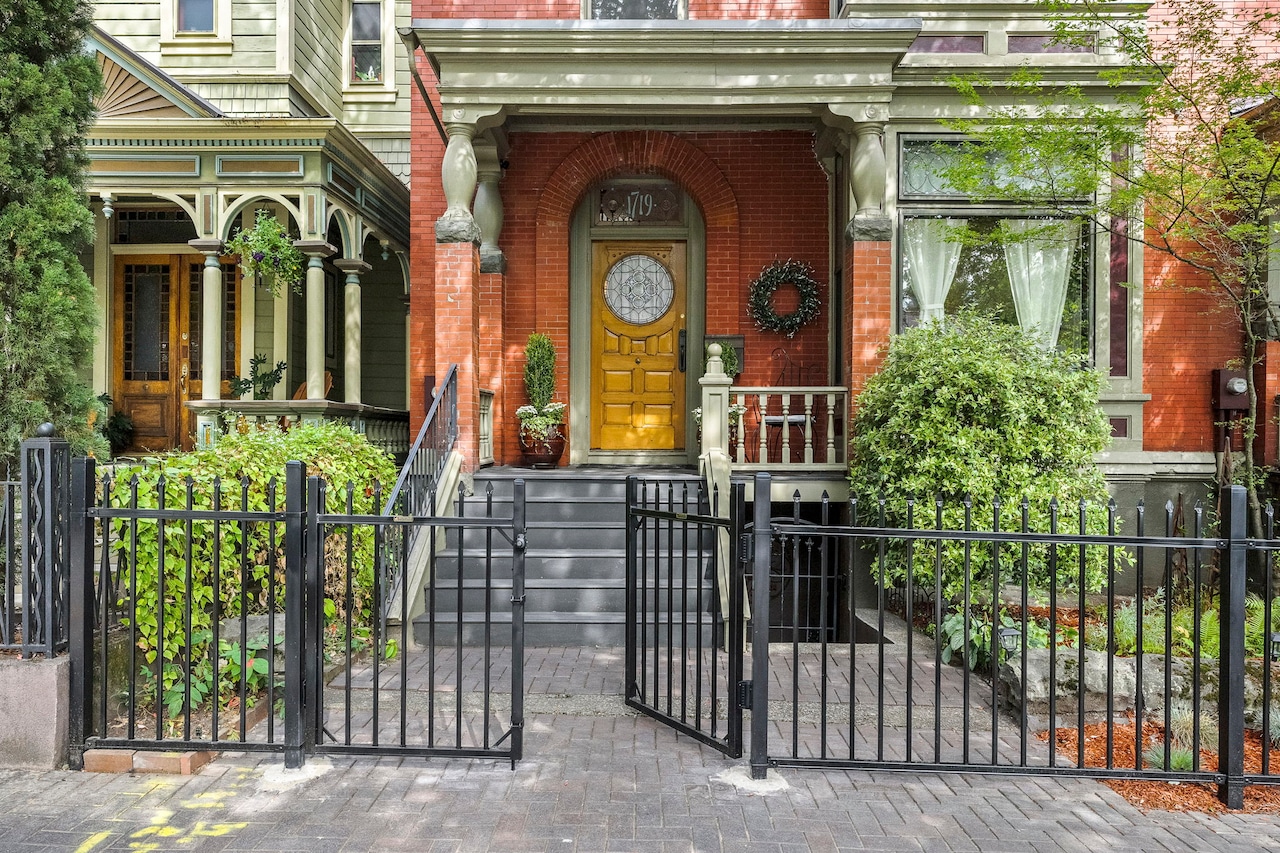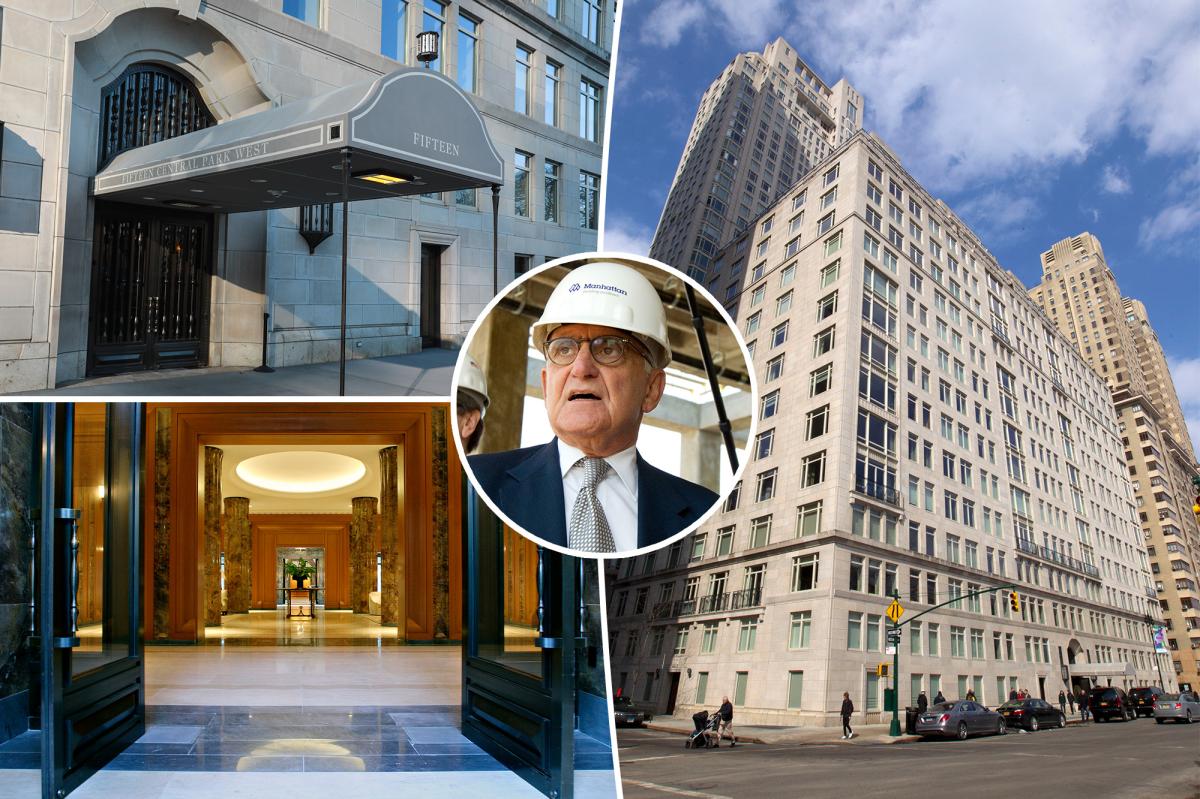V
ictorian brick townhouse at 1719 N.W. Irving St., Northwest Portland, is a rare find in Oregon. Built in 1893 as one of six San Francisco‑style rowhouses by contractor Daniel Campbell, it stands alone as the only brick rowhouse construction in the state, a fact noted in its National Register of Historic Places listing. The Queen Anne‑styled home, now priced at $949,500, blends historic charm with modern amenities.
The 3,137‑sq‑ft residence features soaring ceilings, expansive windows, and a skylight that floods the interior with natural light. Original details remain intact: hand‑carved millwork, leaded stained‑glass panels, pocket doors, and floors of old‑growth Douglas fir sourced from nearby Forest Park. Contemporary updates include central heating and air conditioning, a renovated kitchen with stainless‑steel appliances, and a full‑suite layout. The second floor houses three bedrooms and a bathroom with heated tile flooring, a soaking tub, and a walk‑in shower. The lower level offers a private guest suite with its own entrance, a fourth bedroom, and a second bathroom, while a powder room sits on the main level.
The townhouse is secured behind a gate, with a private landscaped courtyard featuring a pergola, fire feature, and patio heater. Monthly HOA dues of $425 cover exterior maintenance from sidewalks to porches. The property’s preservation history—saved from demolition in the 1970s—underscores its significance to Portland’s heritage movement.
Ideal for buyers who value character, community, and convenience, the home appeals to:
- Young professionals who want to walk to tech hubs, co‑working spaces, cafés, and nightlife.
- Remote workers seeking a quiet, well‑lit home office with easy access to coffee shops for breaks.
- Architecture and history enthusiasts who appreciate classic Portland craftsmanship and original details.
- Urban dwellers desiring a central location in Nob Hill, with proximity to Northwest 23rd Ave’s boutique shopping, top‑rated dining, and cultural venues, as well as nearby Pearl District, Slabtown, and Forest Park.
- Those who prefer a car‑free lifestyle, supported by public transit, bike‑friendly streets, and walking distance to daily essentials.
The Campbell Townhouses, constructed in 1893, were part of a larger development that transformed the area from mansions to multifamily rentals for the growing upper‑middle class. While the six brick rowhouses share a uniform exterior, each unit exhibits unique interior and exterior characteristics, such as projecting bay windows, gabled or hipped roofs, and varied porch designs. Their brickwork follows the “American” or “stretcher bond” pattern, popular in the Victorian era.
The original owner, Daniel Campbell, a contractor and builder, did not design the houses but likely used existing East Coast plans. Over the years, the rowhouses transitioned from rental units to low‑rent rooming houses as the neighborhood’s prestige waned, only to be restored to family units during the area’s renaissance. Their listing on the National Register in 1980 reflects their status as Oregon’s sole surviving rowhouses and the preservation of most original features.
This property offers a unique blend of historic architecture, modern convenience, and a vibrant urban setting, making it a standout opportunity in Portland’s real estate market.















